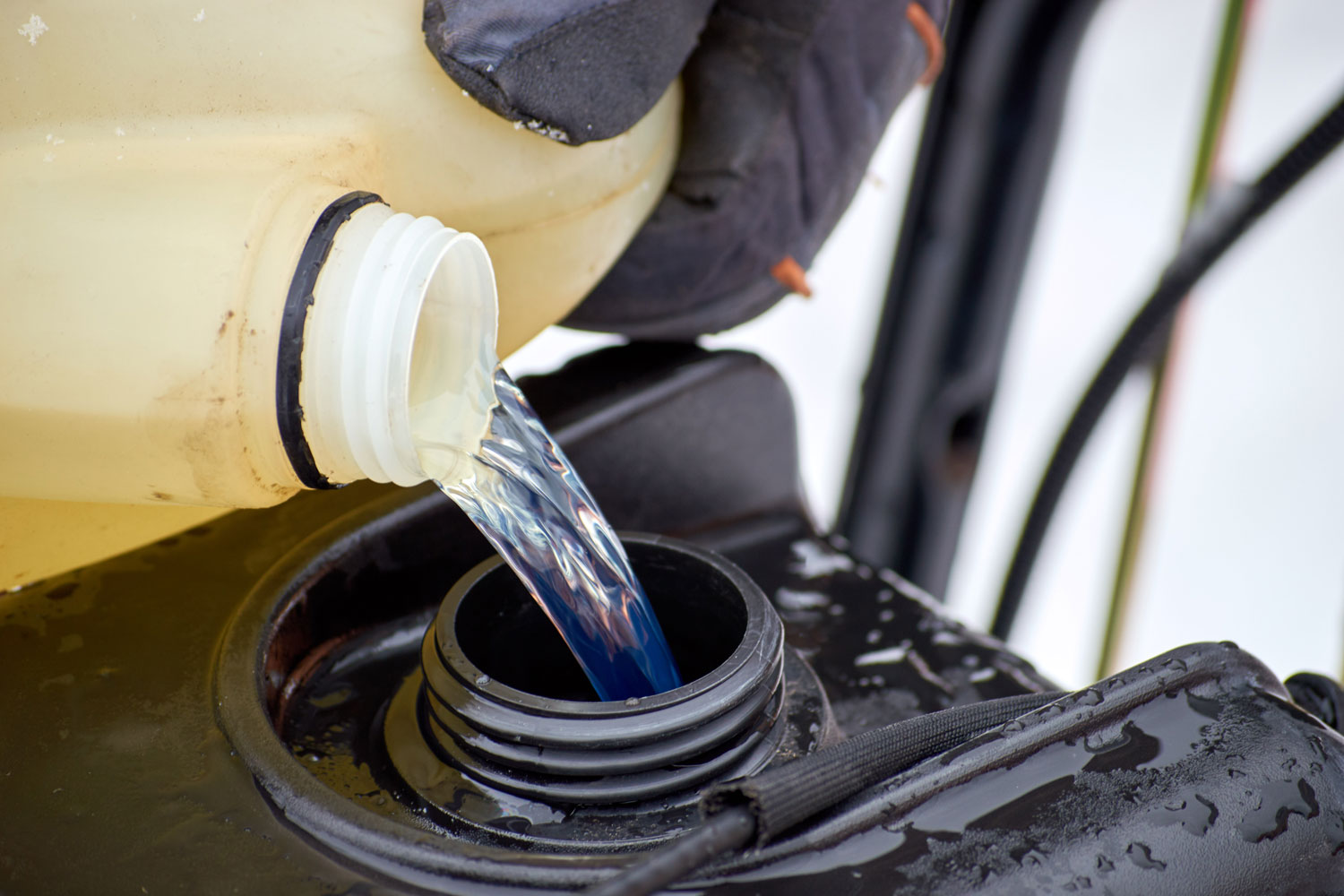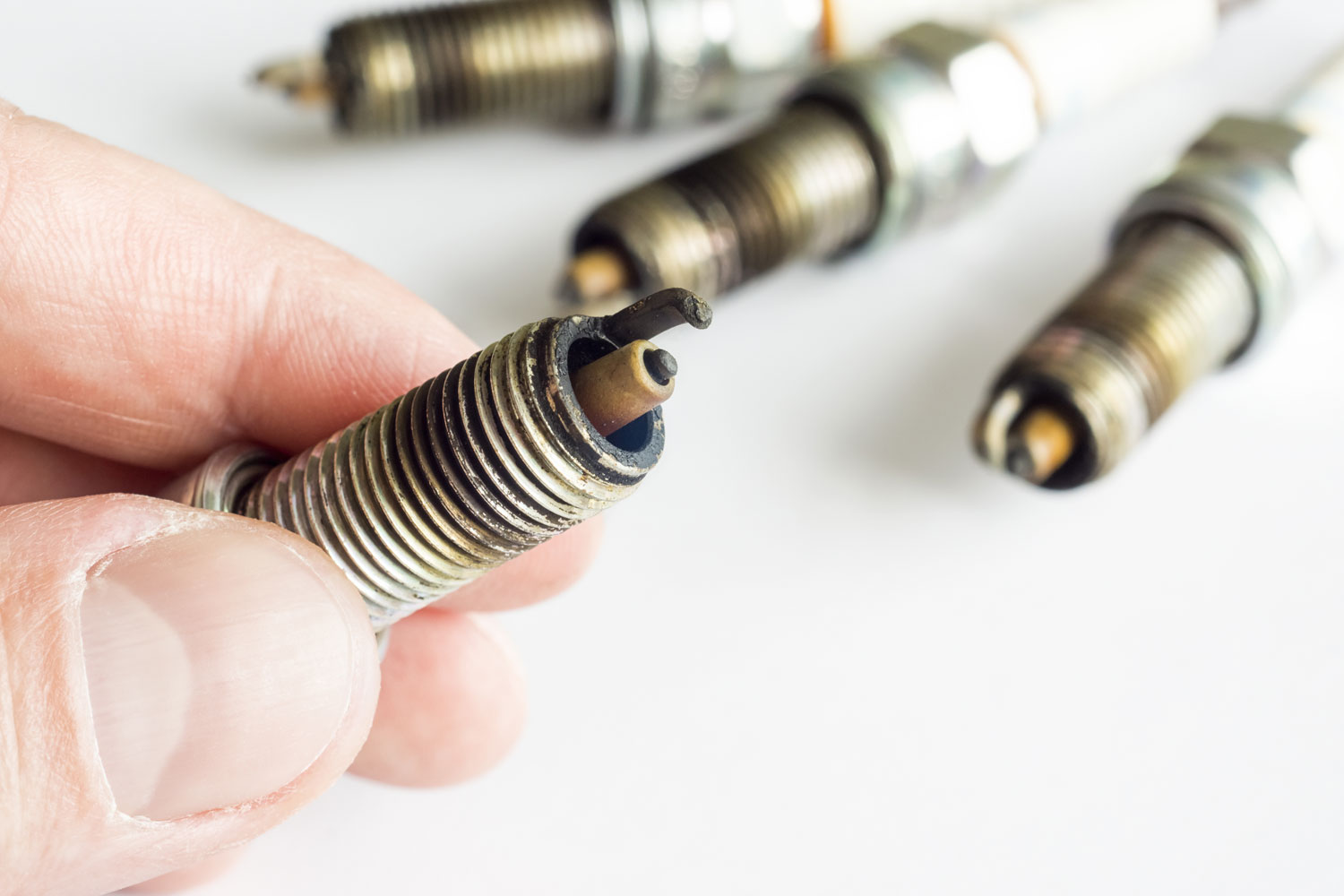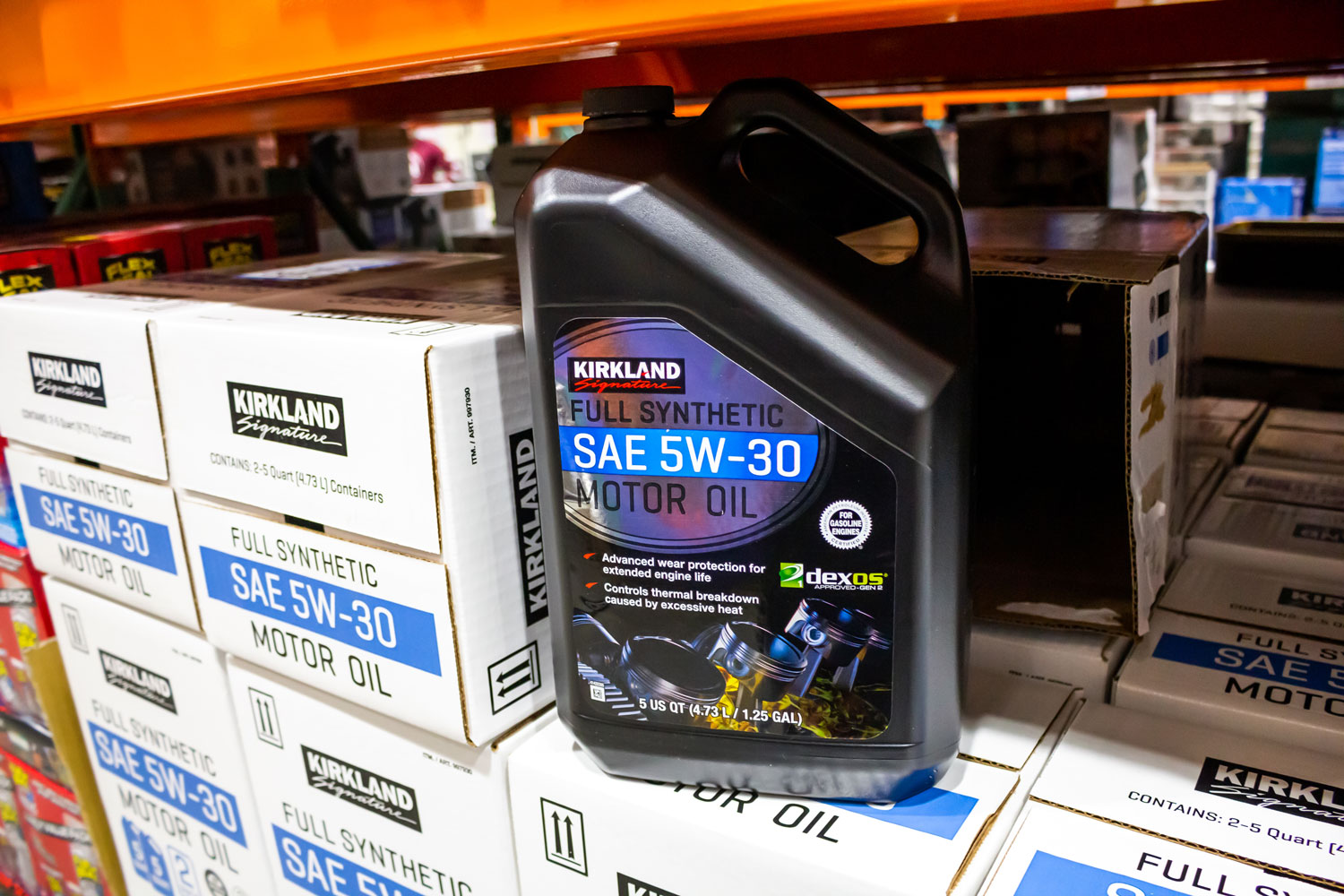You've just bought a Toro snowblower to help keep your driveway clear for winter, but now you're faced with the challenge of actually getting it running. We've put together a step-by-step guide to get your Toro running in no time.
Here are the steps on how to start a Toro snowblower:
- Insert the plastic ignition key and make sure it's plugged in. Don't rotate the key just as you would with a car.
- Pump some fuel into the snowblower's carburetor by pressing the primer bulb at least three times. This makes the snowblower easier to start.
- Slide the choke lever to the start position.
- Pull the cord just as you would if you were starting a lawnmower. Alternatively, you can also connect an extension cord and push the start button to start it. The snowblower should begin to rev up within seconds.
- Once the engine is warmed up, slide the choke lever to the running position.
It's not too tricky to figure out how to start your Toro snowblower, which is good news if you've never used one before! Keep reading, and let's go over a few things that a snowblower owner should know, like basic maintenance and troubleshooting tips, so you'll be able to get the most out of your snowblower.
Why Isn't My Toro Snowblower Not Starting?
If you're either planning to get a snowblower or you've just bought a brand new one, you may not find this information useful since it is still in good condition.
However, you must know what to do if your snowblower fails to start early so that you can avoid the need for an expensive service call and get it up and running as soon as possible.
Here's what you should check when your Toro snowblower won't start:
Ignition Key
Ignition keys are what allow you to start the engine of your snowblower. However, unlike car keys, snowblower ignition keys are made of plastic. So you can expect them to deform or chip off over time.
When this happens, a damaged key may prevent you from plugging it into the ignition switch. Check the physical condition of the key before anything else.
Otherwise, you might take the snowblower apart and look for the cause of the problem when it was just a damaged ignition key.
Fuel Level

A snowblower usually won't start because they've been in storage for too long. That's because the snowblower's fuel evaporates the longer it sits idle.
As a result, the fuel level inside the tank may be below the line needed for your snowblower to start. It's best to check the fuel level, drain what's left in the reservoir, and refill it with fresh fuel.
Primer Bulb
The primer bulb pumps fuel to the carburetor, so it will be easier for the snowblower to start. A defective primer bulb means that it's not pumping fuel into the carburetor.
To check if your primer bulb has gone bad, try to pump it multiple times and see if the fuel drips. If it does, then your primer bulb is fine. Otherwise, you'll need to replace it.
Choke Lever
The choke lever on a snow blower works with the carburetor's air intake valve. If the choke lever has gone bad, it may not close or open the air intake valve properly.
This can cause your fuel to run lean. When cold starting snowblowers, you'll want a richer fuel mixture.
Try to slide the choke lever to check if it's moving correctly. It should move freely in both directions. If it doesn't move at all or moves only part of the way, it's probably broken.
*Air intake valve is susceptible to clogging over time. If you see carbon deposits building up, clean it with a carb and choke cleaner.
See a carb and choke cleaner on Amazon.
Spark Plug
A spark plug is a small component that initiates the electrical spark needed to start a snowblower. Most snowblowers have a single spark plug to power all of the moving parts inside.
If the spark plug isn't producing a strong spark, it won't work as intended.
Here are some reasons why spark plugs fail:
Dirty Electrodes
One of the reasons why a spark plug won't produce a vital spark is that it's dirty. Carbon deposits on the electrodes of a spark plug can prevent it from making a strong spark.
You can clean the carbon buildup on the electrodes using fine-grit sandpaper.
Deformed Electrodes

The gap between the electrode will widen over time. As this gap gets wider, the spark will be weaker. It's an inevitable part of the wear and tear of the spark plug.
To correct this problem, you'll need to replace the spark plug.
Incorrect Torque Setting
Torque specifications are critical in determining the performance of a spark. An improperly torqued spark plug will not perform adequately and may cause premature wear on the cylinder head.
The torque applied when installing the spark plug is determined by how much force the spark plug socket wrench exerts as it tightens the spark plug into its place.
It is important to note that the correct torque setting must be maintained throughout the life of the spark plug. An under-torqued spark plug will cause a higher temperature of the cylinder head and a lower compression ratio.
This will increase the chance of piston knock or piston seizure. On the other hand, an over-torqued spark plug can cause the insulator of the spark plug to crack.
A spark plug has a scheduled service interval to help maintain its performance. Check your snowblower's owner's manual for the torque specification.
Check out this spark plug on Amazon.
Ignition Coil
An ignition coil is an electrical transformer that sustains the voltage the spark plug needs to keep the engine running.
The ignition coil produces a high voltage that causes the spark plug to fire, igniting the air/fuel mixture.
If the ignition coil has gone bad, it will not provide the voltage to the spark plug. This can cause the engine not to start. Most of the time, it's hard to tell if it's an issue with the spark plug or ignition coil.
You will need an ignition tester to diagnose this problem.
Check out this ignition tester on Amazon.
How To Care For A Toro Snowblower
![A man with a red snow-covered snow blower clears the area from snow. Clearing the area from snowfall, How To Start A Toro Snow Blower [In 5 Easy Steps]](https://gardentabs.com/wp-content/uploads/2023/01/A-man-with-a-red-snowcovered-snowblower-clears-the-area-from-snow.-Clearing-the-area-from-snowfall-How-To-Start-A-Toro-Sn.png)
The Toro snowblower is the best solution when it comes to clearing the road and driveway of snow. This machine has a powerful motor that can easily push through heavy snow loads and cut through ice.
However, good things don't last forever. Proper care and maintenance should be observed to ensure its longevity and optimal performance.
Follow these steps to maintain your Toro snowblower properly and ensure it does its job effectively. It is essential to take the right precautions and ensure that the snowblower works as intended for the next winter season.
Change The Oil

A snowblower engine needs oil to operate smoothly, keeping the internal moving parts of the engine lubricated. However, the engine oil will eventually turn black due to oxidation and heat.
When this happens, the oil has decreased efficiency and will no longer be able to lubricate and insulate the internal parts of your snowblower engine.
If you can't tell how dark a snowblower engine oil should be to change it, you can always refer to the user's manual. Toro does not recommend you wait until the oil turns dark.
The manual indicates a specific timeframe when the oil should be changed.
On the other hand, it's also highly recommended to regularly turn the engine on and run it for a couple of minutes at least once a week. This is to allow the oil to lubricate the engine's internal parts and help prevent corrosion from developing.
Check The Belt Drive
Since snowblowers are not as regularly used as other home improvement machinery, snowblower belt drives tend to have a slower wear and tear rate than those on different machines.
Nonetheless, it's still important to be mindful of the condition of your snowblower belt and ensure that it is in good working order before you use it.
One of the most apparent signs of a belt drive wearing out is when it squeals and slips during operation.
You can do the following steps to check the belt drive:
- Open the protective plate that houses the belt drive.
- Check if the belt has slacked too much. This should be the case when the belt starts to slip.
- Check for physical signs of wear and tear.
- Assess the condition of the belt and decide whether the belt needs replacing.
Check The Spark Plugs

Snowblowers are used seasonally and are only brought out for the winter.
The good thing is that they are not prone to developing problems like rusting and corrosion. Again, this can happen if there's water present, so keep a close eye on the mechanics.
However, it's a good practice to check the spark plugs and sand the electrodes clean for possible carbon buildup before using them.
To Wrap It Up
As you can see, operating a Toro snowblower is easy. All you need to do is to follow the steps. We've provided you with some basic troubleshooting ideas you can use if you experience any problems starting the machine.
Now that you know how to start a Toro snowblower, you'll be ready to take on the winter season! Good luck and happy snow blowing!
While we have your attention, here are some related articles:



